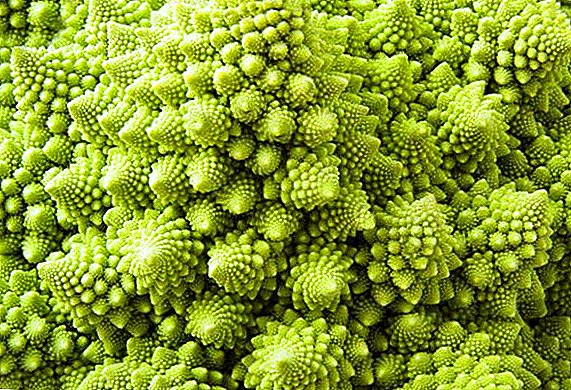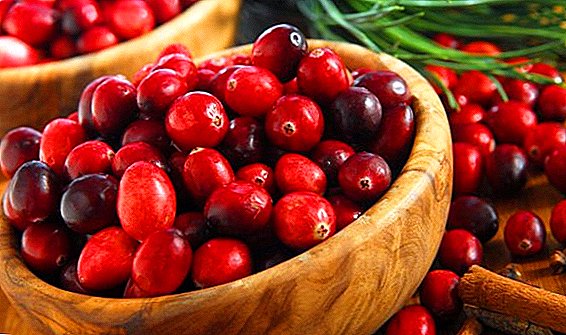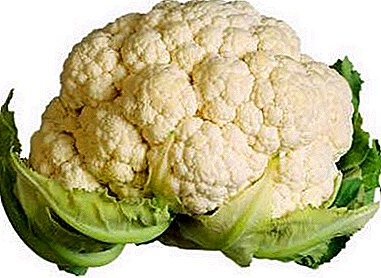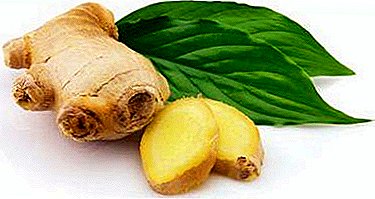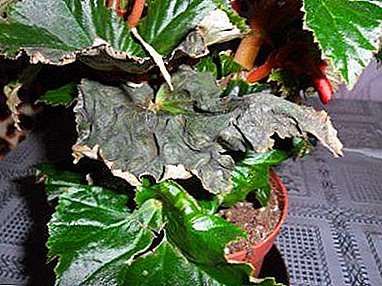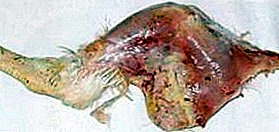
Streptococcosis is a pathological condition of the body of a bird, caused by the presence of pathogens in it.
There are two forms - acute (blood poisoning) and chronic (permanent carriage).
What is streptococcosis?
Based on the characteristics of the course and the specifics of physiological changes, veterinarians distinguish three variants of streptococcosis:
- streptococcal infection of the blood of adult birds;
- young streptococcosis;
- streptococcal infections of a limited nature.
Streptococcosis sick domestic and agricultural birds of all kinds, especially hens are sensitive to it. Geese, ducks, turkeys and pigeons are slightly more resistant.
Cases of streptococcosis in chickens were first recorded at the beginning of the 20th century by researchers G. Kempkamp, W. Moore, and W. Gross.
The treatment was not carried out, and within 4 months more than half of the carrier hens died from salpingitis and peritoneal inflammation. In the 1930s and 1940s, information appeared about turkeys infected with streptococcosis and other poultry.
Spread and severity
 In whatever region, country or locality a bird is contained, the danger of streptococcosis is present, because these microorganisms are found everywhere.
In whatever region, country or locality a bird is contained, the danger of streptococcosis is present, because these microorganisms are found everywhere.
The peak incidence occurs in autumn and winter.
The mortality of birds with an acute form of the disease can reach one hundred percent..
In survivors and patients with a chronic form, productivity decreases (up to a complete cessation of egg-laying), a decrease in body weight is observed. At the same time, a small content of streptococci in poultry meat (up to 17%) is considered safe for people.
Pathogens
 Streptococci are spherical or ovoid-shaped bacteria, arranged alone, in pairs or chains, are stained blue (gram-positive) by Gram, parasitic in the body of birds, animals and humans. To high temperatures unstable.
Streptococci are spherical or ovoid-shaped bacteria, arranged alone, in pairs or chains, are stained blue (gram-positive) by Gram, parasitic in the body of birds, animals and humans. To high temperatures unstable.
Streptococcus of various groups, with a different arsenal of means of destruction and protection, cause a disease in birds, this explains a wide range of clinical manifestations. Streptococcus zooepidemicus and Streptococcus faecalis - the species most hostile to poultry, in most cases they are the causative agents of the disease.
Moreover, Streptococcus zooepidemicus affects only adult birds (causing blood poisoning in them), and its sibling - birds of all ages, including embryos and chickens. Less common Str. faecium, Str. durans and Str. avium. Rapid current blood poisoning in domestic geese often causes Str. mutans.
Course and symptoms
 Healthy birds are infected from patients, or through feed contaminated with streptococci. Chickens can become infected while staying in a seeding incubator.
Healthy birds are infected from patients, or through feed contaminated with streptococci. Chickens can become infected while staying in a seeding incubator.
The development of the disease is facilitated by abnormal conditions of detention, avitaminosis. Bacteria enter the body through minor injuries on the mucous membranes of the digestive tract and on the skin.
Then they are carried through the bloodstream and release corrosive substances that destroy red blood cells and damage endothelial cells (inner lining of blood vessels).
The permeability of the vessels increases, because of this, edema and hemorrhage appear. Thrombosis of small vessels also develops. The nutrition of the tissues is disturbed, and, consequently, their normal functioning. The acute course is characterized by significant inhibition of blood formation.
Streptococcal infection of the blood of adult birds in the acute course gives the following symptoms: fever, refusal to eat, apathy, cyanosis of the comb, vomiting and diarrhea, convulsions, paralysis. The duration of the disease is about two weeks from the onset of clinical manifestations.
A special capsular form of streptococcus causes an extremely acute form of the disease - no symptoms are observed, birds die 24 hours after infection. Patients with a chronic form are distinguished by pallor of the skin and mucous membranes, an exhausted appearance, and frequent stools. Their comb is dry, grayish, egg production is sharply reduced.
Patients with streptococcosis of young chickens and turkey poults look exhausted, they practically do not eat, suffer from diarrhea, convulsions and paralysis of the wings and legs. Birds are constantly in a hindered state, movements are constrained, limited. Death occurs a few days after the first signs.
In group limited streptococcal infections includes several pathologies:
- streptococcal poddermatitis of the crumbs of the legs - the extremities swell, the skin necrosis, pus accumulates in the tissues, the birds begin to limp.
- necrotic inflammation of warts - warts increase in size, fistulae are formed;
- inflammation of the ovaries and oviduct in chickens - as a rule, develops when there is an insufficient amount of vitamins and minerals in the diet, it is manifested by a delay in egg-laying, and yolk inflammation of the peritoneum can develop.
 The most lovely and wonderful dwarf hens - Silk. Its appearance resembles plush toys.
The most lovely and wonderful dwarf hens - Silk. Its appearance resembles plush toys.Pseudochuma in chickens has already made a lot of heads ... Find out how to deal with it from our article.
Changes in the internal organs
Pathological changes in the acute course are very specific. The organs and tissues of the dead birds are red, the mucous membranes and skin are bluish. In the chest-abdominal cavity and in the cardiac pouch, fluid slightly stained with blood is found. The heart is red with a gray tint.
Liver, spleen, lungs enlarged. The chronic form is characterized by the presence of a whitish fluid in the body cavities, inflammation of the internal organs. In chickens killed by young streptococcosis, an unabsorbed yolk is also found.
How to recognize?
 After carefully examining the symptoms, you can assume that you have streptococcosis, but only a veterinarian can make an accurate diagnosis based on an examination of the bodies of dead or deceased birds.
After carefully examining the symptoms, you can assume that you have streptococcosis, but only a veterinarian can make an accurate diagnosis based on an examination of the bodies of dead or deceased birds.
Research is First of all, in establishing specific changes in the internal organs and, Secondly, in microscopy and isolation of the pathogen.
Samples are prepared from the liver, spleen, kidneys, heart, bone marrow, blood and examined under a microscope. The same materials are taken for sowing. Use different nutrient media in order to accurately determine the identity of the microorganism by the properties of the grown colony.
For example, in dense environments, streptococcus forms small colonies, grayish or translucent. If blood is present in the nutrient medium, around the colonies there is a noticeable zone of destroyed red blood cells (the blood becomes colorless).
Treatment
 Acute forms of streptococcosis imply the mandatory use of broad-spectrum antibiotics (penicillin, tetracyclines, macrolides).
Acute forms of streptococcosis imply the mandatory use of broad-spectrum antibiotics (penicillin, tetracyclines, macrolides).
Give 25 mg. drug per kg. body mass. Simultaneously with the beginning of the course, it is necessary to make an analysis of the sensitivity of Streptococcus to antibiotics.
This analysis takes 2-3 days. Then, if necessary, the drug is changed. The content of vitamins in feed is increased by 2 times. The sooner treatment is started, the greater the chance of a favorable outcome.
Prevention and control measures
To prevent streptococcosis, it is necessary to maintain normal conditions for keeping birds, carefully approach the choice of diet, and regularly clean and disinfect poultry houses.
Formaldehyde is suitable for disinfection, it ensures the death of almost 90% of streptococci. Good results are obtained by air ozonation in poultry houses.





